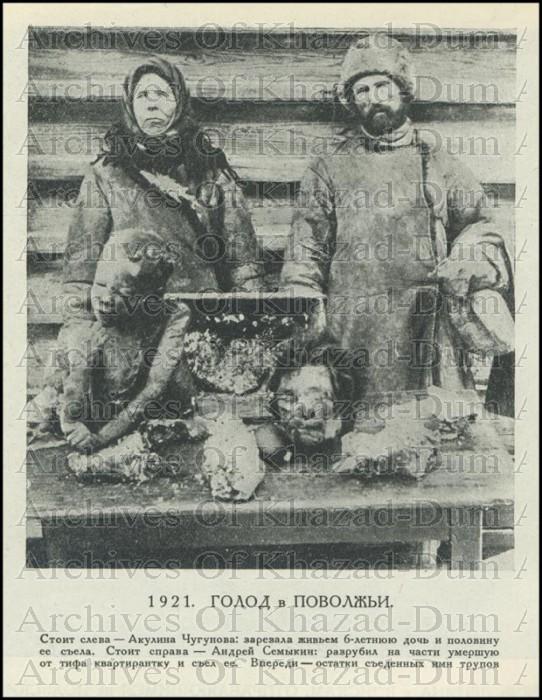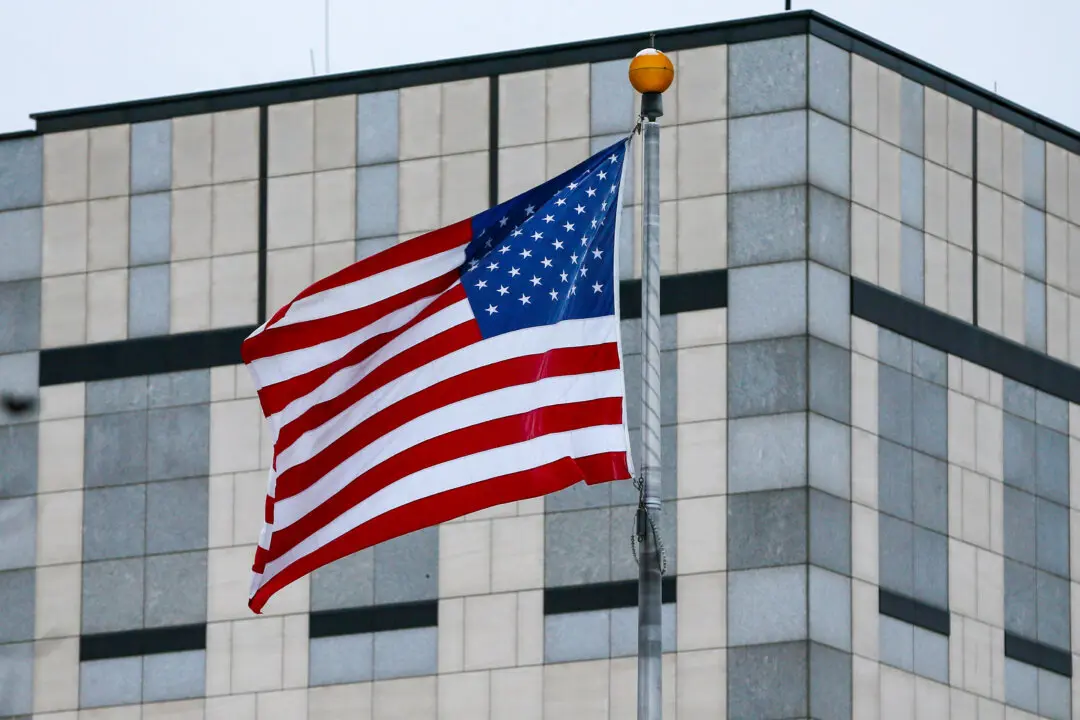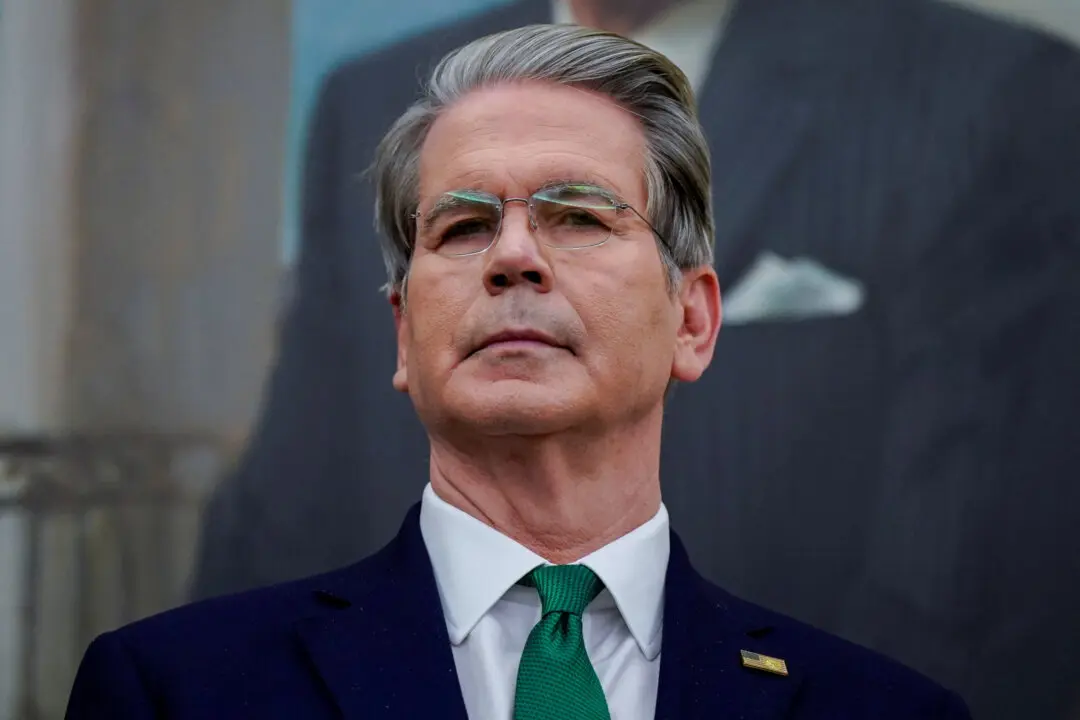Ukraine has removed all 1,320 statues of Vladimir Lenin, the first Soviet dictator, following a government campaign to remove its Soviet-era symbols.
In every village, town, and city controlled by Kiev, monuments to the communist leader—considered a dictator by many—were removed. The initiative was made law by President Petro Poroshenko in May 2015, according to The Times of London on Aug. 18.
Some streets were renamed, including Lenin Street in Zakarpattia, which was later renamed to Lennon Street in a tribute to Beatles singer John Lennon, the Telegraph reported.
Another 1,069 Soviet-era monuments have also been removed, said Volodymyr Viatrovych, director of the Institute of National Remembrance.
“Lenin is no more in cities in Ukrainian-controlled territory,” Vyatrovych said.
The toppling of the Lenin statues began when protesters took down a monument in Kiev during the Euromaidan demonstrations in 2014. Later, a 2015 law banned communist and Nazi symbols.
In the United States, amid calls to remove statues of Confederate soldiers and generals, there have been calls to remove the statue of Lenin in Seattle’s Fremont neighborhood. Seattle Mayor Ed Murray, a Democrat, called for the removal of the Lenin statue as well as Confederate statues, saying they represent “historic injustices,” the Seattle Times reported.
Lenin’s famine
Some historians have noted that Lenin’s policies helped trigger the Povolzhye famine, which started in 1921 and ran until 1922, leaving millions dead and even more affected.
The famine was so bad that peasants were driven to do the unthinkable: cannibalism.






